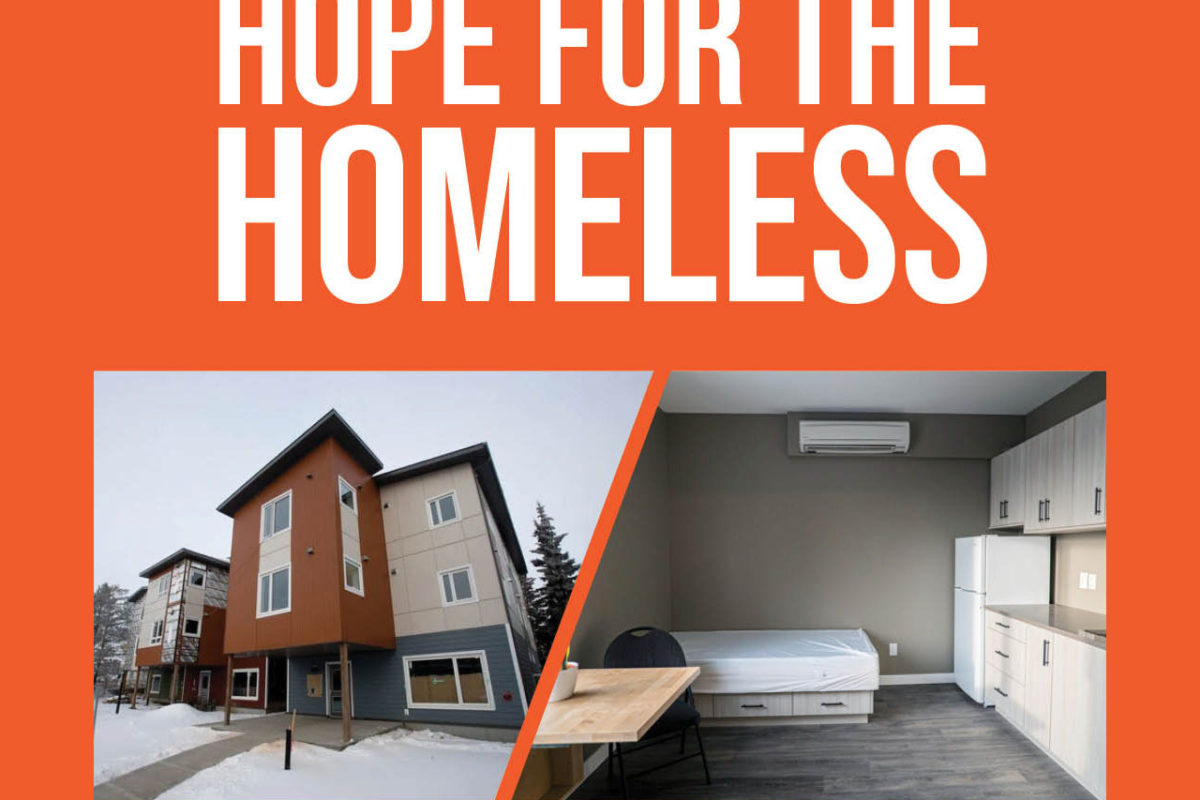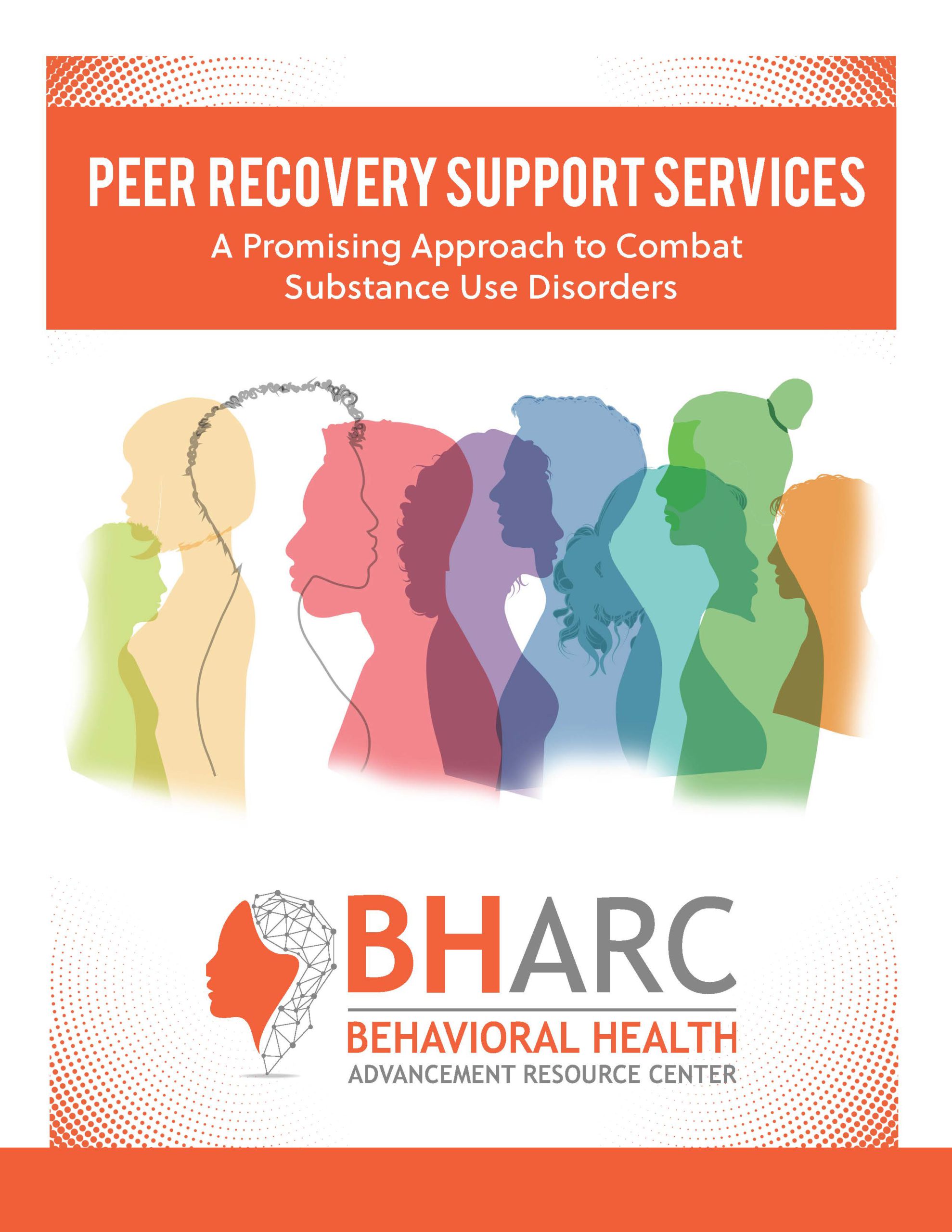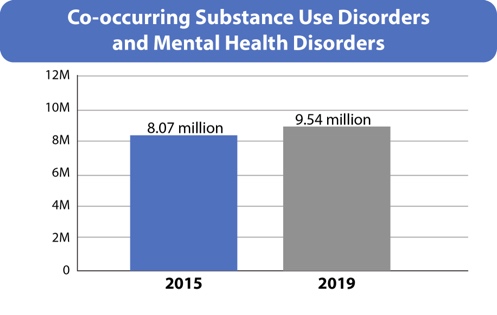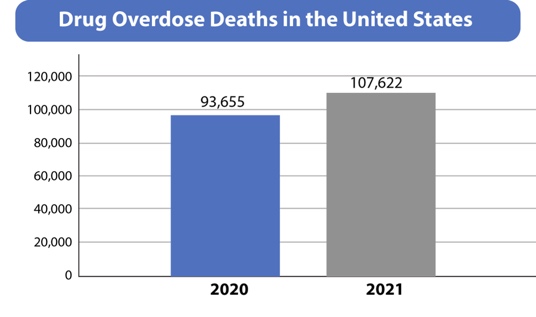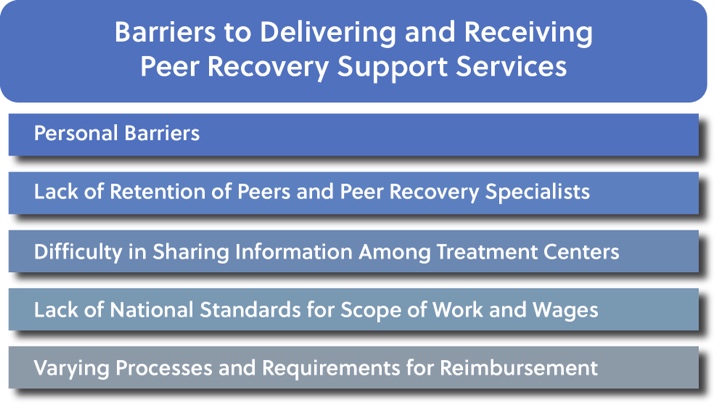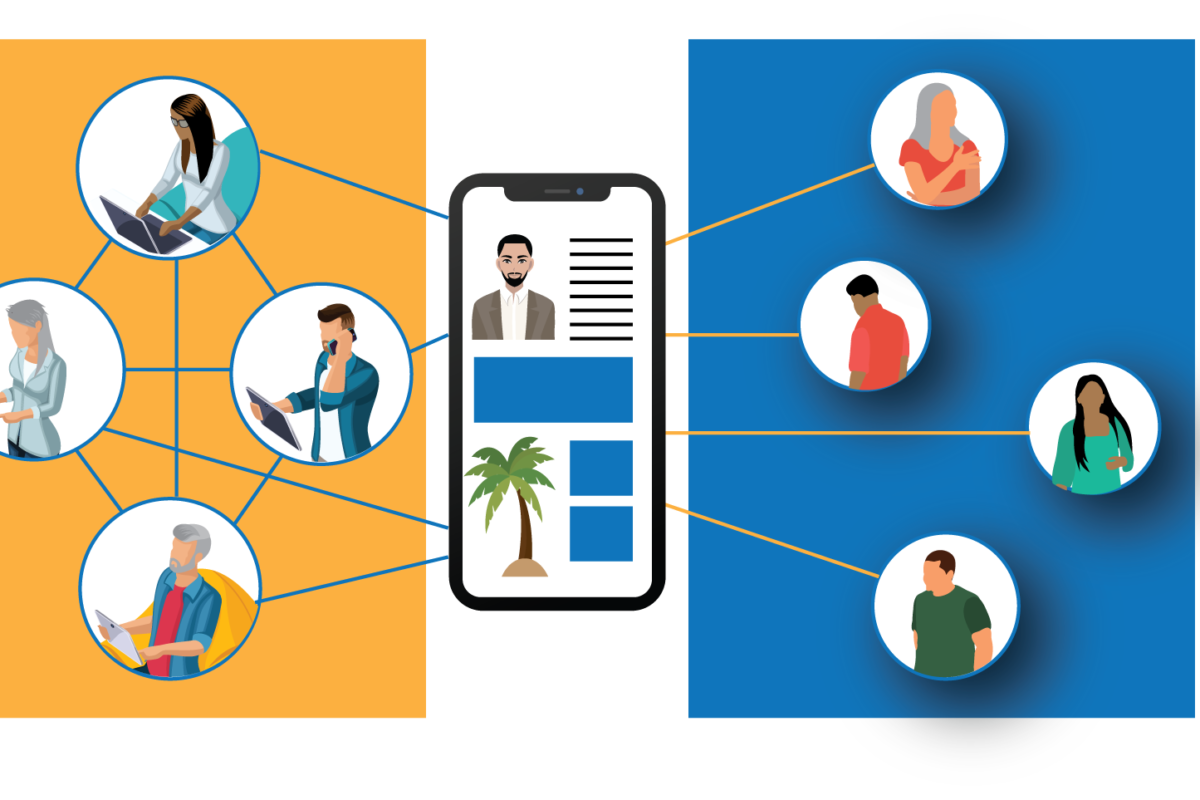Dr. David Sleet Co-Authors Report on Global Burden of Cardiovascular Diseases
A new report highlights the persistent challenge of cardiovascular disease (CVD) worldwide. Despite the possibility of a world without CVD, millions of people’s lives are still lost prematurely to heart disease each year.
Dr. David Sleet, Bizzell Senior Associate, Injury Prevention, co-authored “Global Burden of Cardiovascular Diseases and Risk Factors, 1990–2022” published in the Journal of the American College of Cardiology. The report covers health estimates from 1990 to 2022, analyzing the impact of cardiovascular conditions and risk factors across 21 global regions. The findings underscore the urgent need for countries to implement public-health strategies aimed at preventing cardiovascular diseases, emphasizing global action in disseminating information and implementing health programs, particularly in hard-to-reach countries.
Dr. Sleet stated that, “We must collectively address the high burden of CVD mortality in Asia, Europe, Africa, and the Middle East.” Dr. Sleet added, “The leading causes—high blood pressure, high cholesterol, dietary risks, and air pollution—highlight the critical areas where targeted intervention can make a significant impact on cardiovascular health worldwide.”
About Bizzell
Bizzell is a consulting, strategy, investment, & technology firm headquartered in New Carrollton, Maryland. Bizzell is a partner of choice by federal, state, and local government agencies, and private organizations. With a strong emphasis on innovation and impact, Bizzell transforms small ideas into powerful catalysts that drive change across markets worldwide. Learn more at www.BizzellUS.com.


